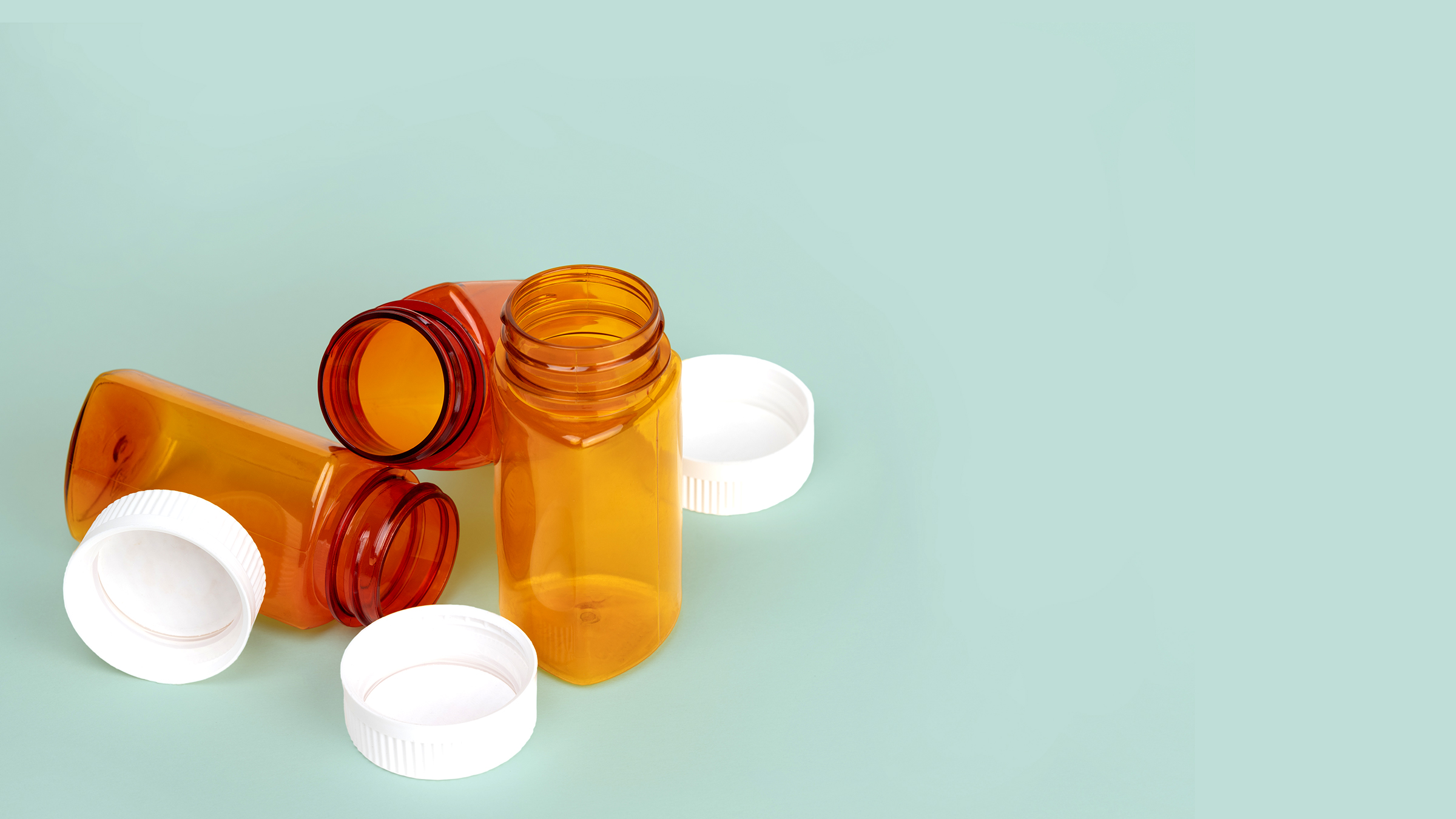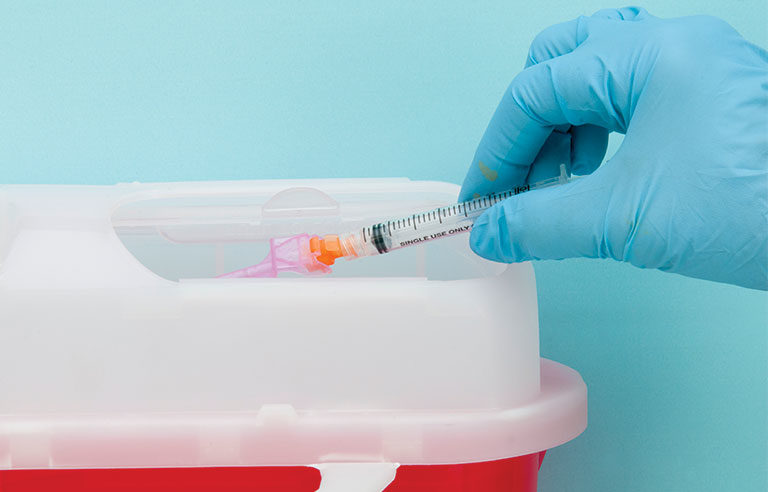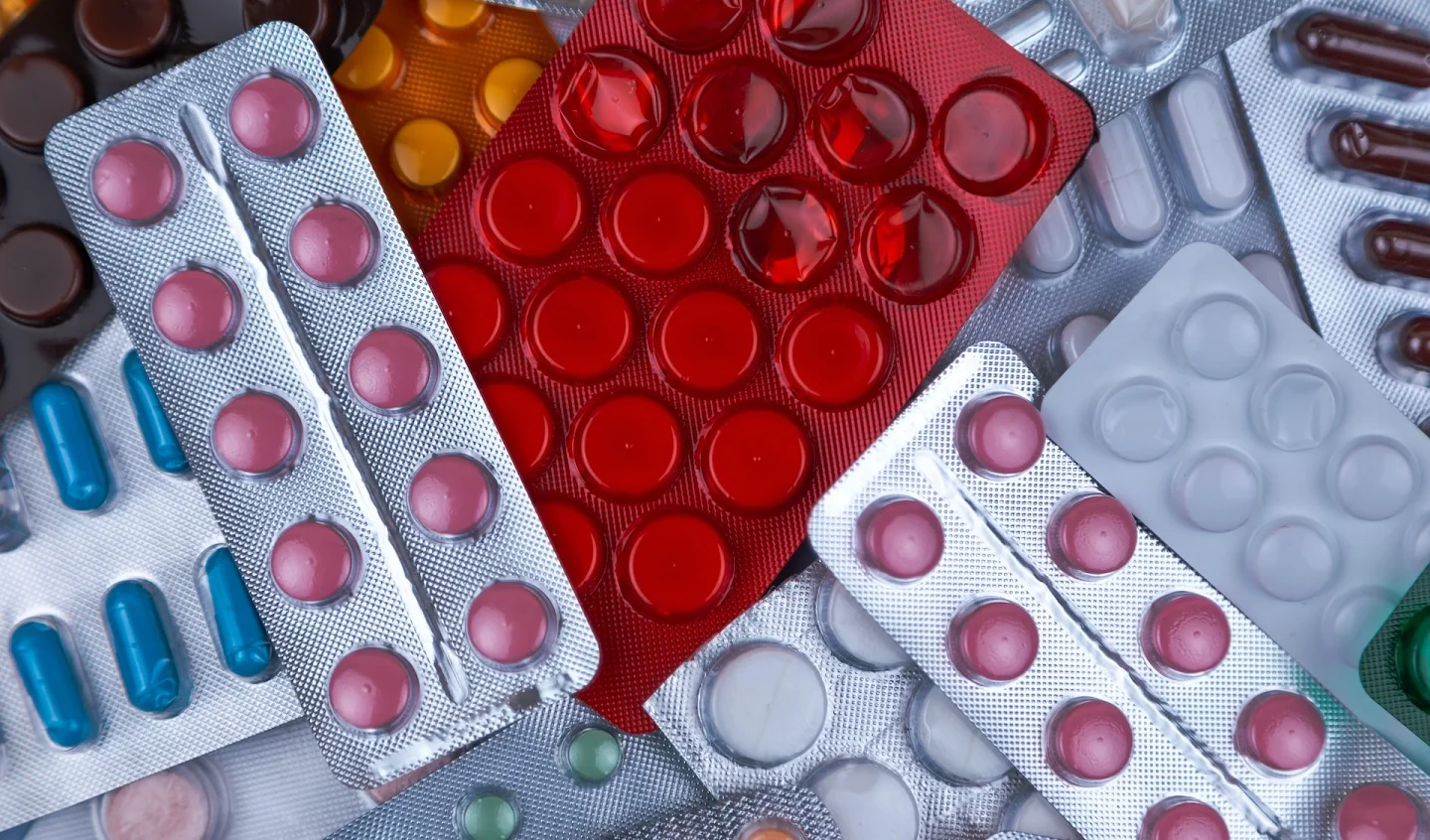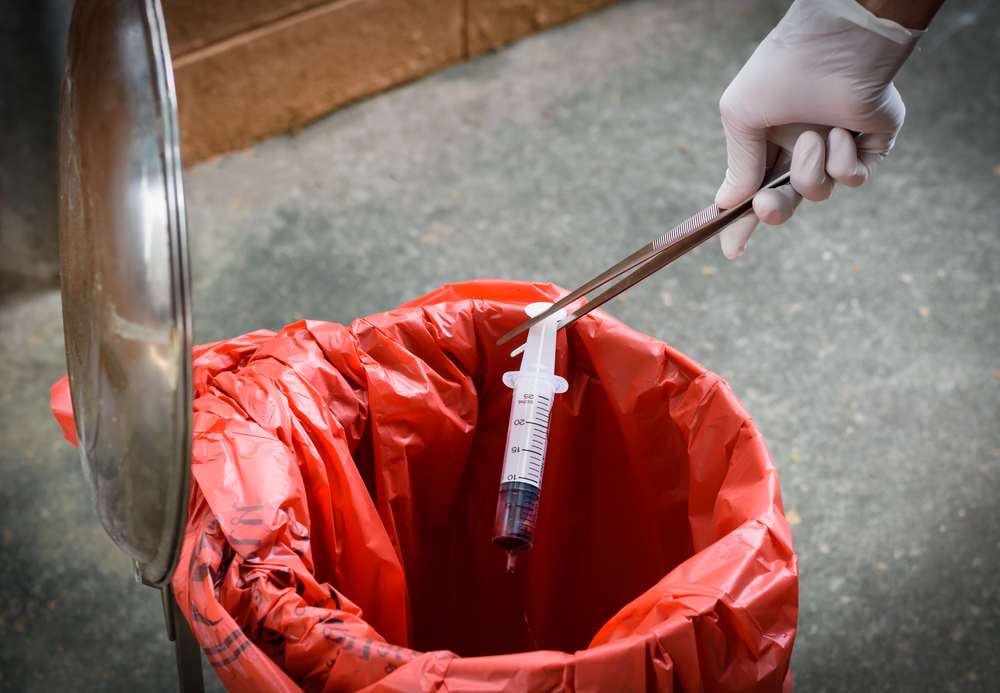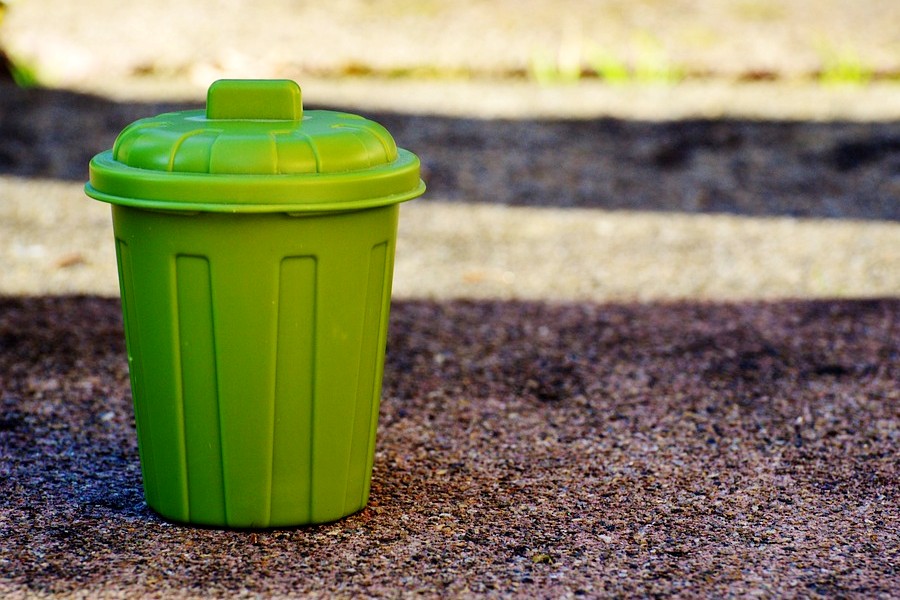A new pill bottle recycling program aims to eliminate plastic waste generated by the pharmaceutical industry by offering customers a solution for disposing of empty pill bottles. The nationwide pill bottle recycling program comes from Cabinet Health and enables anyone in the United States to request a recycling bag with a prepaid shipping label to send their empty, plastic pill bottles for recycling or upcycling. The program comes at a time when numerous industries are […]
Read MoreMedical Waste
What We Can Do about Pharmaceutical Waste
The medicine is still perfectly good. Millions of uninsured or underinsured people need the drugs. Yet the pharmaceutical industry incinerates billions of dollars’ worth of unopened, unused, and unexpired drugs each year in America. This pharmaceutical waste leads to both economic and environmental challenges. The good news is the problems companies create when they destroy unused medicine aren’t difficult to solve. Pharmaceutical Waste Why is there so much waste in the system? There are several […]
Read MoreWhen Safety Precautions are Faithfully Followed, Sharps Injuries are Lower
Arlington, VA — Hospital units that consistently follow standard safety precautions experience nearly 40% fewer needlesticks and other sharps injuries than other units, a new study has found. According to the Association for Professionals in Infection Control and Epidemiology, around 385,000 sharps injuries – involving syringe needles, scalpel blades and other sharp objects that come into contact with body fluids – occur annually among the 5.6 million health care workers in the United States. Researchers […]
Read MoreFDA to Require Mail-Back Envelopes for Unused Opioids Disposal
The US Food and Drug Administration (FDA) has announced that opioid analgesics manufacturers are to be required to make pre-paid mail-back envelopes available to dispose of unused opioid analgesics. It issued a notice to all opioid analgesics manufacturers to submit the proposed modification to the Opioid Analgesic Risk Evaluation and Mitigation Strategy (OA REMS) within 180 days of the date of the notification letter. The regulatory authority expects to receive approval for the modified REMS […]
Read MoreHow Data Transparency in Hospitals Propels Safety Initiatives
Hospitals across the country eagerly await the release of The Leapfrog Group’s Safety Grades in the spring and fall each year. Leah Binder, president and CEO of the organization, spoke with Becker’s about why her organization’s A-F grades are important. “We believe our safety grade report has an enormous impact on accelerating change in hospitals,” she said, noting when hospital leaders look at these grades it “gives momentum to safety improvement efforts.” Once a hospital […]
Read MoreNC Nurses Rally Over Patient Safety, Unsafe Working Conditions
ASHEVILLE, N.C. (FOX Carolina) – Registered nurses at Mission Hospital in Asheville are holding a rally to highlight their patient safety concerns and other unsafe working conditions. National Nurses Organizing Committee/National Nurses United (NNOC/NNU) said nurses at Mission Hospital want to bring awareness to increased incidents of workplace violence, broken hospital equipment and unsafe staffing levels. “HCA is at it again with prioritizing profits over patient care,” said Hannah Drummond, RN in the emergency department […]
Read MoreCancer Survivor Reflects on the Downstream Costs of her Treatment
Recently, I decided to throw away all my old cancer drugs, a small mountain of orange-and-white plastic bottles. Cancer no longer deserved a whole shelf. It had been three years since the diagnosis, a year and a half since my last chemo treatment, six months since I started sleeping again. I was a healthy person, not a patient. All I needed now was tamoxifen and a few vitamins. These drugs weren’t my life anymore. Why […]
Read MoreTampa General Embraces ‘Fail Fast’ Culture
Healthcare is a highly regulated field, and for good reason. A small mistake could cost a life. But risk-averse tendencies extend far beyond clinical care to create a clunky, wasteful system. The pandemic helped healthcare providers see how nimble and innovative they could be while still providing high-quality care. Now, systems must keep up or disruption will come from the outside. “Innovation is obviously very important in our industry because if we don’t disrupt ourselves, […]
Read MoreImproper Disposal of Medical Waste Costs Health Systems & the Environment
Health care is a major polluter both in terms of emissions and contributions to landfills. The combined health sectors of the United States, Australia, England, and Canada emit an estimated 748 million metric tons of greenhouse gases each year, more than all but the six top polluting countries in the world. Meanwhile, a report on 110 Canadian hospitals published in 2019 found those institutions generated nearly 87 000 tons of waste annually — roughly the […]
Read More6 Things To Know About Medical Waste: Regulations & Risks
Medical waste is a critically important, but often overlooked issue that impacts not just businesses and medical professionals, but society as a whole. As more and more of the world’s population demands access to better medical care, careful handling becomes an even larger concern. To ensure everyone remains safe during its disposal, you need to know as much as you can about it. Read on to find out the most important things! Handling And Disposal […]
Read More